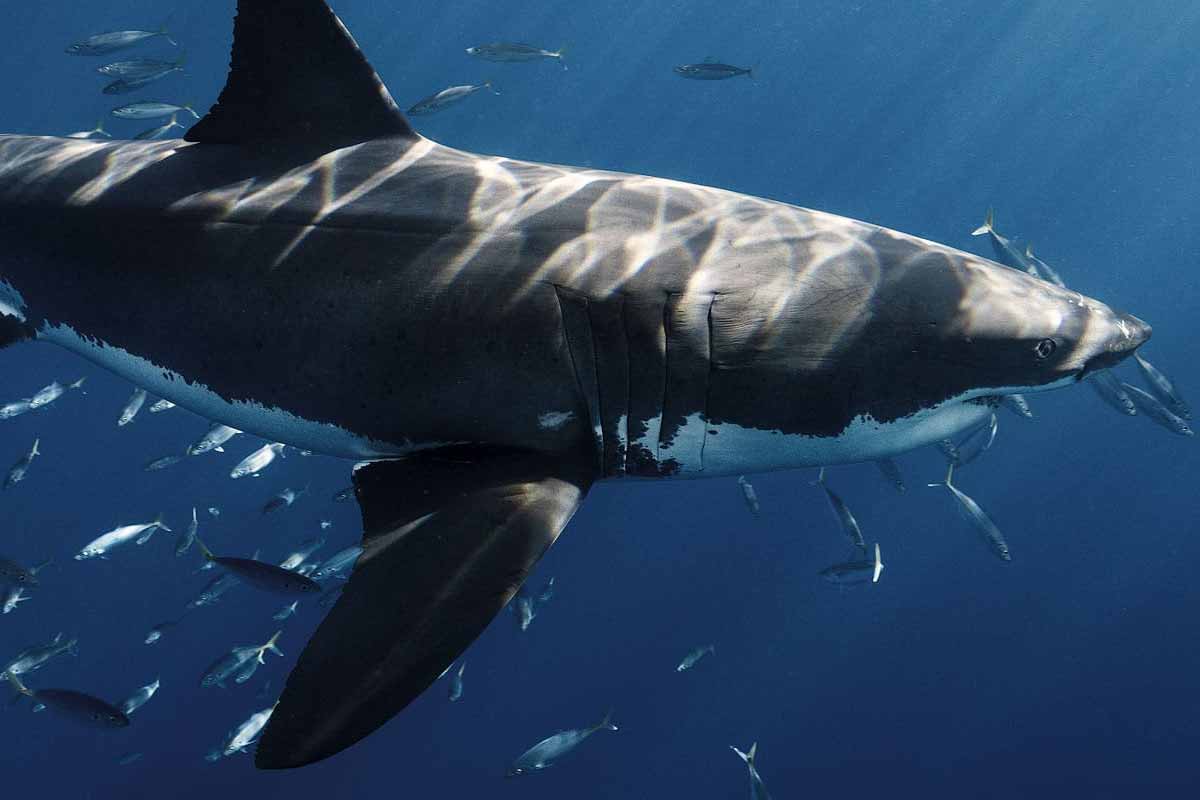White shark nursery. The phrase grabs you by the collar, doesn’t it? These coasts feel different lately. More fins, more questions, more wonder mixed with worry. People cheer the signs of recovery, yet wince at red flags on beaches. Let’s talk about what’s actually happening, without drama, without denial.
A surge along the Northeast
Shark numbers have climbed along the Northeast, from New York to Maine, and into Canada. Beach towns feel that tug-of-war mood. Pride in cleaner seas, and nerves over safety. Both can be true. Oceans rebound when we give them room, and people still want to swim without a helicopter overhead. The story sits in that tension. Part of it starts with a white shark nursery tucked near one of the world’s busiest coastlines. That’s right, the phenomenon swimming beside Wall Street’s backyard. Strange, a little thrilling, and absolutely real.
White shark nursery
Scientists mapped a breeding ground off New York, and it’s not just any spot. Only a few are known worldwide, and this one hums every summer. About 200 pups arrive each year, small torpedoes learning the rules. They feed, they grow, they dodge bigger teeth. After roughly a year, many head north toward Cape Cod. Lately, tags and sightings place some even farther, crossing into Canadian waters. Warmer summers, rich prey, and shifting currents lay out a breadcrumb trail. Picture a busy nursery paddling distance from skyscrapers. A white shark nursery that thrives beside ferries and fishing boats. It sounds like fiction. It isn’t.
Why the comeback?
The rebound didn’t happen by accident. Laws changed. Nets came down. Fish stocks steadied. Gray seals returned in force, and they’re a hearty buffet for growing sharks. That’s biology doing what biology does when we stop breaking it. Healthier water matters too. The New York Bight, once a byword for grime, now shows real pulse. The nursery near Long Island sits like a barometer for the whole system. Young sharks don’t hang around toxic bathtubs; they choose places that feed and shelter them. A white shark nursery won’t flourish without prey, oxygen, and space. We gave that back, piece by piece. Nature took the invite.
Why they push north
Not every twist in this tale is rosy. Sea temperatures tick upward, and young sharks feel it first. Juveniles can’t fine-tune their body heat like adults. They seek about 70°F, a warm blanket that keeps them safe and fed. When that warmth shifts, nurseries can drift with it. Push the cradle too far north or east, and pups may bump into more adults, makos, and hungry neighbors. That raises risk. At the same time, adult whites are showing up more in Maine and Nova Scotia, riding food and favorable water. Cape Cod remains a hotspot, maybe the busiest on Earth during peak season. The range breathes. A white shark nursery responds, and the whole coastline adjusts.
Seeing more, not just more
Another twist hides in plain sight. We’re better at looking. Drones sweep sandbars before lifeguards clock in. Surf cams hum all day. Tagging projects ping phones and dashboards. People post everything. Some of the “boom” is simply uncovered reality. These animals have patrolled here longer than our grandfathers’ beach chairs. We just collected fewer receipts. Summer behavior adds to the picture. Sharks stretch their hunting routes when prey spreads and water warms. Spread the buffet, and the diners roam. That translates to more reports near the surface, near shore, near people. A white shark nursery down the coast feeds that pipeline, sending curious yearlings up the corridor where we can actually spot them.
Living with neighbors that have teeth
So what do we do with all this? Panic helps no one. Shrugging helps even less. Start with smart habits. Swim in groups. Avoid seals and bait schools. Respect closures, even when the water sparkles like a postcard. Give lifeguards your attention, not your attitude. Most encounters remain quick glimpses, a gray shape sliding past and gone. The risk exists, and it’s still small. If your heart jumps at a fin, you’re human. Mine would too. But fear shouldn’t bulldoze wonder. These animals tell us the ocean is healing in places we once wrote off. That matters for more than headlines and beach gossip. A white shark nursery signals resilience, grit, and the payoff of better choices. It also nudges us to keep going—cleaner water, smarter fisheries, honest climate work. We share this coastline, after all. The goal isn’t to push sharks away; it’s to make room for everyone to come home safe.
